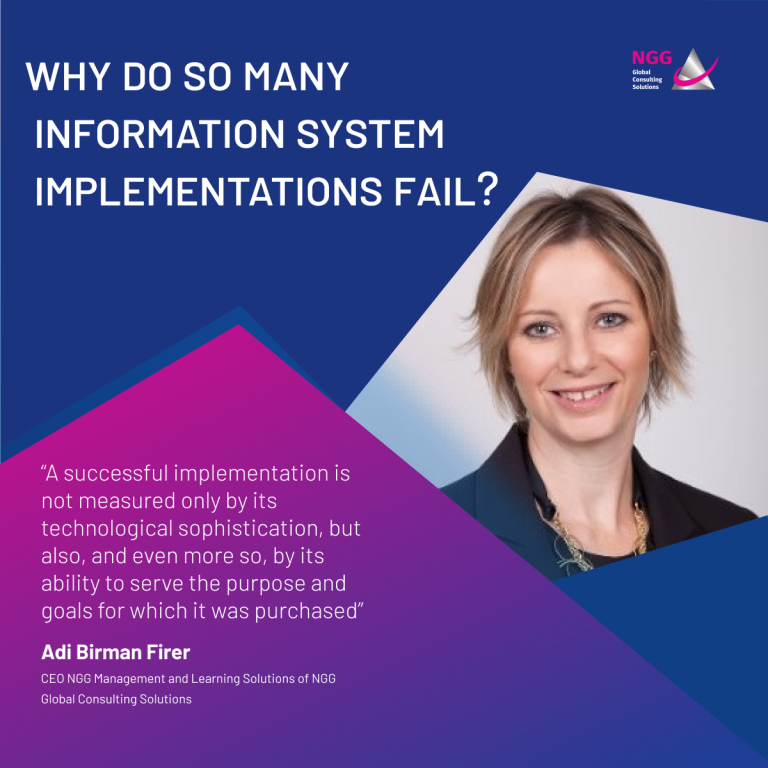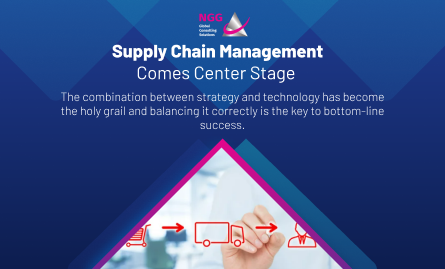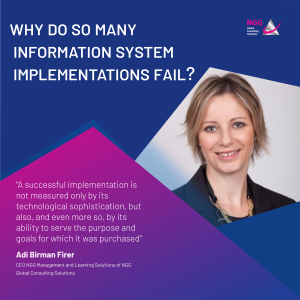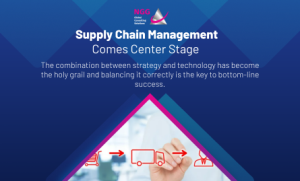Ram Jaulus, CEO of Niram Gitan Group NGG, presents the changes that Israel’s retail industry experienced this year

Organizational Transformation in a World of Disruption
The retail industry – including food products, pharmaceuticals, fashion and more – is experiencing and beginning to understand the enormous change that is happening here and now. Consumers are abandoning old consumer habits, beginning to research, make decisions, and finalize purchases via the Internet.
As a result of this trend, in-store purchases are declining, although visits to stores are not. But even buyers who purchase in the store are in most cases simply acting on decisions that they’ve already made. The store, that classic unit of retail structure, is suddenly not as relevant as it used to be.
This trend creates a series of changes, such as the declining revenue in shopping malls, which are then forced to reevaluate their services in order to remain relevant. While we see bankruptcies in the fashion industry, on the other hand there are the acquisitions of retail giants and the entry of new retailers taking advantage of changes in the local market. Change creates opportunity for those who have not been key players until now.
One of the giants whose name is constantly coming up is Amazon. The e-commerce giants have long been players in the local retail market, but do so from a distance, fostering Israeli’s fondness for making overseas purchases from home. The wide range of products offered in one place, the sense of reliability, and the door-to-door delivery, answer to the characteristic needs of consumers generally and Israeli in particular. If we add a fast delivery option, maybe even same-day delivery, we have a winning recipe that will be hard to compete with.
Israel’s leading retailers focused their energy in several directions this year:
1. Brand acquisition and expansion of the product portfolio offered to customers
This also refers to the traditional channel of the physical store: building an advantage with larger size and a wider selection available from the same store, while also creating the ability to later offer a wider range available for direct digital purchase.
2. Deepening, expanding and improving digital sales capabilities
This year the key players have greatly invested in improving their commercial websites, improving their mechanisms and the deals they offer. In addition, improvements have been made in customer membership clubs, and we see more collaborations with credit companies who offer credit cards connected to these clubs. In addition, they offer credit products to membership customers, further expanding the product portfolio.
3. Digitization of the distribution chain
Big retailers understand that selling and offering a product range is not enough. No matter how varied and attractive as the product range is, they must produce distribution control capability which extends to same-day delivery service. This capability requires complete digitization of the supply chain.
4. Streamlining
The processes explained in paragraphs 1 to 3 require organizations to streamline, transform and allocate resources for reevaluation. This year we partnered with large retailers and organizations and assisted them with digital transformation processes, digitization of operational processes and digitizing the supply chain. These streamlining moves help retailers achieve their business goals.






